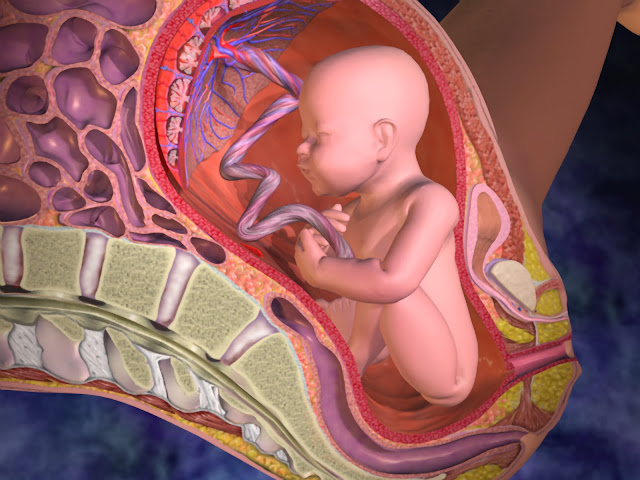It weighs about 190 tons.
An adult giraffe can grow to be about 18 feet (5 meters) tall.
An Indian bull elephant weighs nearly 4 tons.
What is a mammal?
You are a mammal.Cats and dogs, goats and horses, apes and monkeys, giraffes and elephants, even whales and dolphins are all mammals.
There are about 4,000 different species of mammals.
What do all mammals have in common?
Mammals, like other vertebrates, produce eggs. But most of them don't lay the eggs and wait for them to hatch. Instead, the mother keeps the eggs inside her body and the young grow inside her until they are ready to be born.After birth, the mother feeds her young on milk she has produced herself.
Most mammals are covered with fur, hair, or bristles. Some mammals, such as elephants, have very little hair. Our ancestors had thick hair all over their bodies.
Today, human beings have thick hair on only some parts of their bodies.
Scientists can sort, or classify, mammals into smaller groups by looking at the ways they produce their young and care for them.
The different types of mammals, scientists have sorted into three groups:
- placentals,
- marsupials,
- monotremes.

Placental mammals
Humans, and most other mammals, belong to the placentals group.Before they are born, placental mammals develop inside the mother.
They are attached to their mother by a cord, or placenta, through which they get their food.
Newborn placentals are already well developed.
Have you ever seen a newborn calf or foal?
Most can stand after only a few minutes. Newborn whales can swim at once.
Human babies are still quite helpless.
Marsupials
Kangaroos, possums, wombats and koalas are marsupials.Most marsupials live in Australia. These mammals give birth to tiny young that don't look a bit like their parents.
These tiny creatures wiggle their way through their mother's fur and into a pouch below her stomach.
Here, they feed on milk until they are big enough to leave.
Whenever they are in danger, they return to the pouch.
A young wallaby stays in its mothers pouch for several months after its birth.
This fat-tailed swamp wallaby and her baby live in the east and south of Australia.
Wallabies are smaller members of the kangaroo family.

Monotreme mammals
The third group of mammals—the monotremes— all live in Australia or on islands nearby.There are only three species of monotremes—one species is the duck-billed platypus.
The other two are different species of spiny anteaters.
Monotreme mammals are classed as mammals because the mothers produce milk.
But their young aren't born like other mammals.
They hatch out of eggs.

What do mammals eat?
Most mammals have some sharp teeth at the front, called incisors, and some blunter, more rounded teeth at the sides, called molars.Some mammals also have sharp, pointed teeth called canines.
You can tell what kind of food a mammal eats by looking at the shape and position of its teeth.
It will eat either plants, or the flesh of other animals, or both.
A few mammals eat only insects. They have unusual teeth or none at all.
Mammals can be grouped, or classified, by the kind of food they eat.
The kind of food is related to the kind and placement of the teeth.
Plant eaters
Most mammals are herbivores. Herbivores eat plants.Cattle, horses and sheep are herbivores that eat grasses. Most of their teeth are at the side, inside their cheeks.
Watch a herbivore eating grass.
It pulls up the grass with its incisors, then grinds it up with its strong molars.
Beavers, rats and squirrels belong to a smaller group of herbivores called rodents.
Rodents gnaw their food. They have very large incisors for tearing bark from trees, or shells off nuts. Their front teeth never stop growing, so despite all the chewing, the teeth are never worn down.
Meat eaters
Some mammals are carnivores. Carnivores eat the flesh of other animals.A carnivore has teeth all around the front of its mouth. Some carnivores, like lions and foxes, use their incisors and canine teeth to stab and hold their prey.
Then they crush the meat and bones with their molars.
Plant and meat eaters
Mammals that are omnivores eat both plants and animals.Human beings are omnivores.
So are bears and animals like hogs and opossums. Omnivores have teeth all around the front of their mouth—incisors for biting and cutting, canines for tearing meat, and close-set molars for chewing plants.
Insect eaters
Animals that eat mainly insects are called insectivores. Anteaters and hedgehogs are insectivores.Some insectivores have weak teeth, and some don’t have any at all. They lick up ants and termites with their long, sticky tongues.
The giant anteater of South America eats only ants and termites. Its tongue, which can be as long as 2 feet (60 centimeters), is covered with a sticky substance so that the insects stick to it.












Social Plugin